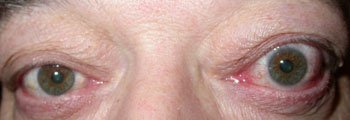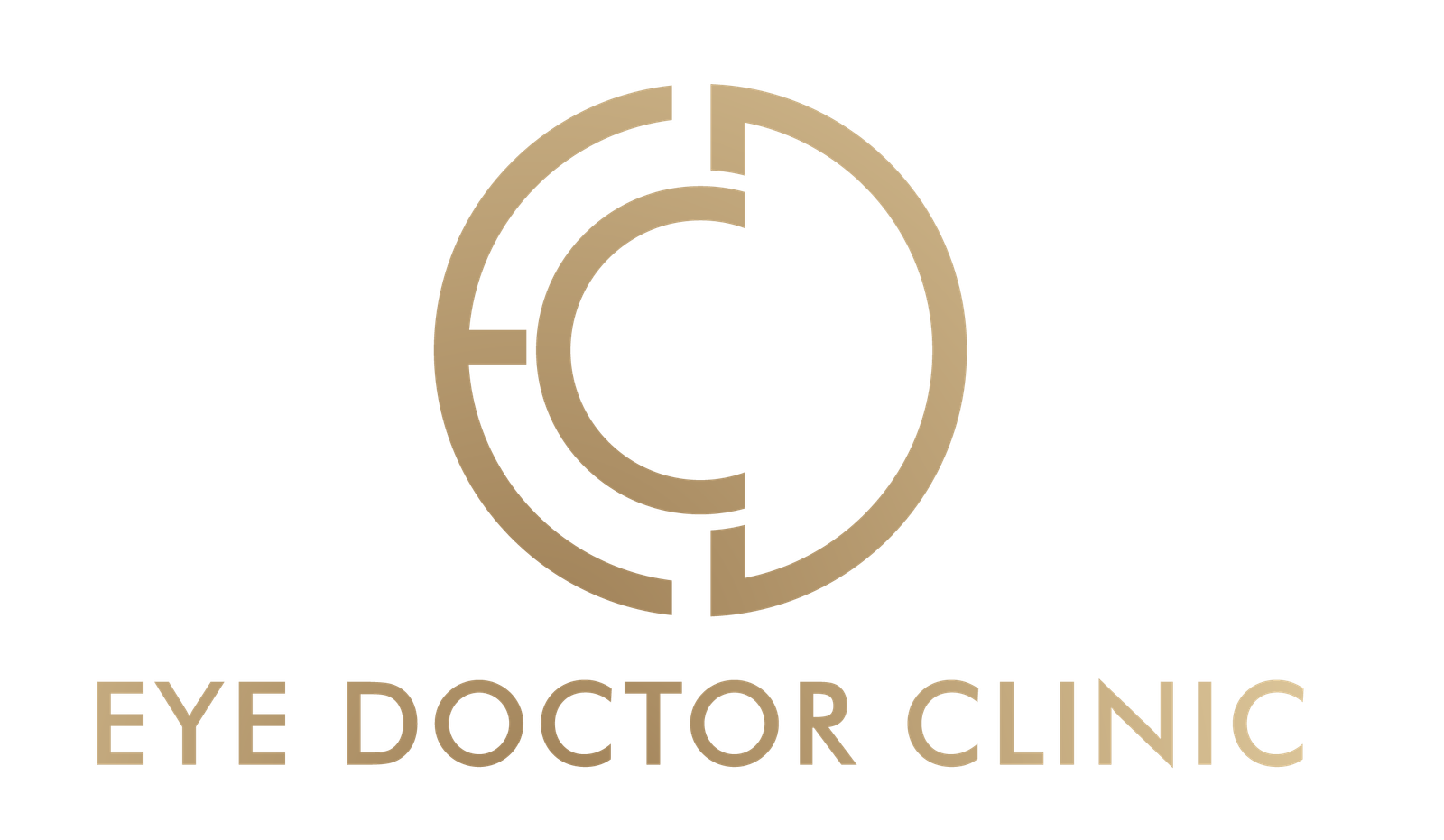
What is Thyroid Eye Disease?
Thyroid eye disease (TED) is an autoimmune conditionwhich tends to occur in people with an overactive thyroid (usually Graves’ disease). The usual age of onset is between 30 and 50 years. Smoking is an important risk factor.
The course of TED involves an active inflammatory phase, where the eyes may deteriorate, for up to 18 months. Generally medical treatments are used in the acute inflammatory phase to try and shorten this period. Once the inflammation has subsided then surgery can be helpful.
Signs of Thyroid Eye Disease
Presentation of this condition can be extremely variable, but symptoms can include:
- Red eyes and ocular irritation
- Ache behind the eyes
- Puffy eyelids
- Bulgy or prominent eyes (proptosis)
- Double vision (diplopia)
A relatively small number of people (less than 5%) with TED can get reduced vision secondary to pressure on the optic nerve at the back of the eye. This is known as “compressive optic neuropathy” and requires urgent medical and/or surgical treatment.
Contact our clinic today to learn more about how we can help you achieve optimal eye health.
Treatment of Thyroid Eye Disease
The treatment varies considerably depending on the level of activity in the acute phase. Sore, red eyes can be helped with artificial tear lubricants, usually drops during the day and ointment at night. Medical anti-inflammatory treatments, such as oral or intravenous steroids, may be recommended in the acute phase, and orbital radiotherapy also plays a useful role in certain circumstances. Surgery is only required in a proportion of patients once the disease has “burned out”. Useful eyelid surgical procedures to improve function and/or cosmesis include lowering the upper eyelids, elevating the lower eyelids, and reducing “heavy” upper lids or lower lid “eyebags”.
Contact Us
We’re here to answer your questions and help you achieve optimal eye health.
Get In Touch
- Phone: 01903495532
- Location : 1 Brooks Road, Lewes, BN7 2DN
- Email: contact@eyedoctorclinic.co.uk
Opening Hours
- Monday - Saturday 10 am -6 pm
